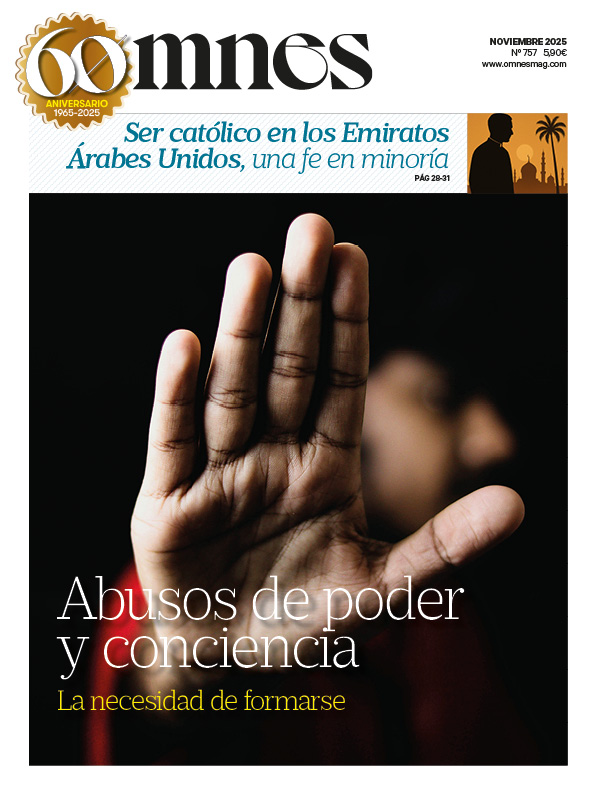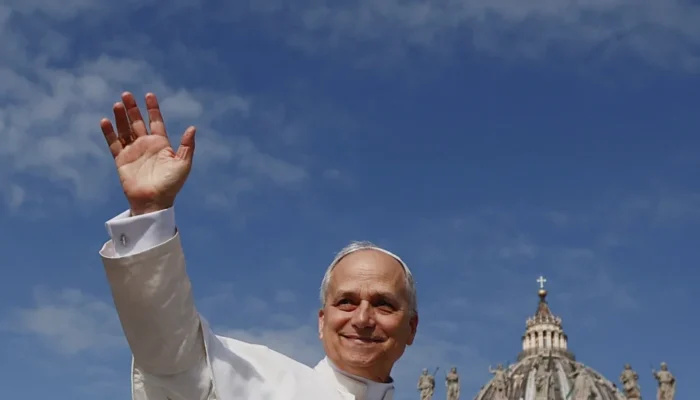This interesting collective work on history, time, and law, coordinated by Javier Fernández Sebastián, professor emeritus of political thought at the UPV, will begin with a brief but intense study of time and history that is worth reading very slowly and carefully.
Cronos
Next, the study of time will begin in earnest with a masterful distribution of three moments of the subject. First, time as “chronos,” that is, the now classic “tempus fugit,” in which time slips through our fingers, is, in short, the relentless passage of time.
This is very interesting, because this basic conception of time is, in a way, uncontrollable, overwhelming, and truly ephemeral: “time would be independent of people and problems” (p. 29).
Kairos
Next, our author will address “Kairós,” that is, the event, the wonder, the impact, the spark of life in time, that which is always remembered, that which will mark the inseparable destiny of men, the so-called milestones.
We are, therefore, “facing a moment of great human decisions” (p. 30). It is a qualitative time, a playful and lively time, and therefore, even if it arrives as the ripe fruit of wisdom, it will not depend on us.
Clio
Finally, he will refer to “Clio,” that is, history as judge; the dock of history, the judgment of history, or the spirit of History according to Hegel, or as Cicero would say, history as the teacher of life, with its lessons.
It is a moment that Machiavelli would call the art of politics and Baltasar Gracián would simply call prudence. In any case, it will be supernatural prudence and human prudence judiciously weighing the causes (p. 31).
The plasticization of these periods in art history is interesting, from the first impressions of death to Goya's paintings featuring Clio and the devouring truth (p. 33).
Therefore, our author would have overcome the famous dichotomy of time in Greek philosophy, which was always circular and perpetually repetitive, or the Christian version of time as a horizontal line, progressing from its beginning, which is history, but which leaps to eternal life after the brief passage of earthly life.
Christ the King
It will also show Frederick II Barbarossa breaking with the tradition of “Christ the judge” and lord of history and universal judge of good and evil, as reflected in the feast of Christ the King at the end of the liturgical cycle, by the new figure of the “Emperor-judge” who begins to persecute the Cathars and put them to death before they become a new Arius in the Church and end up destroying the Church and Christianity (p. 41).
Indeed, Innocent III reacted by reviving the “munus regendi” and ended up taking back the keys and founding the nefarious institution of the Inquisition to proceed with violence in defense of the faith. This was condemned by St. John Paul II on March 12, 2000, but the damage had already been done since the 13th century, with the inquisitorial mentality of judging man by his ideas and not by his heart.
Before concluding the chapter by coordinator and professor Fernández Sebastián, we would like to recall his interesting observations about the fundamental difference between historical memory and historical judgment: “All justice is historical (in the sense of being temporary and contingent) and, therefore, there is no such thing as supra-historical justice, which already obsessed Plato and periodically resurfaces in the work of philosophers who, as in the case of Leo Strauss, aspire to attain immutable moral and political truths, in this case a concept of justice safe from the dissolving and transforming effects of the pickaxe of time” (p. 51).
He then goes on to propose a new code of ethics that brings together all historians of different tendencies, backgrounds, ages, and intellectual and cultural training (p. 56).
It is very interesting to see how other disciples of the professor from the University of the Basque Country are taking up the baton and taking this magnificent work in other historical directions.
For example, researcher Marcos Reguera, professor of political thought at various American and European universities, will revisit the issue of unjust laws and their non-binding nature (p. 83), given that “law and justice must oppose arbitrariness” (p. 84).
He also discusses the history of theology in Christianity and the shift that took place within it when it moved from the Church that awaited the imminent “parousia” of the Lord in the early centuries of Christianity to the sanctifying Church that illuminates the path of Christian life with preaching and the sacraments (p. 93). The conclusion is clear: “more important than faith and works is love” (p. 97).
Josu de Miguel Bárcena will discuss the amnesty law which, together with the new constitution, endorsed the rule of law that underpinned democratic coexistence in Spain and served as a model for many years. It is now being studied in detail from a historical and legal perspective, leading to the conclusion that it was a law of “memorable forgetting” but that it will not satisfy the desire of some judges of history who lack a deep historical vision (p. 185).
Times of History, Times of Justice









